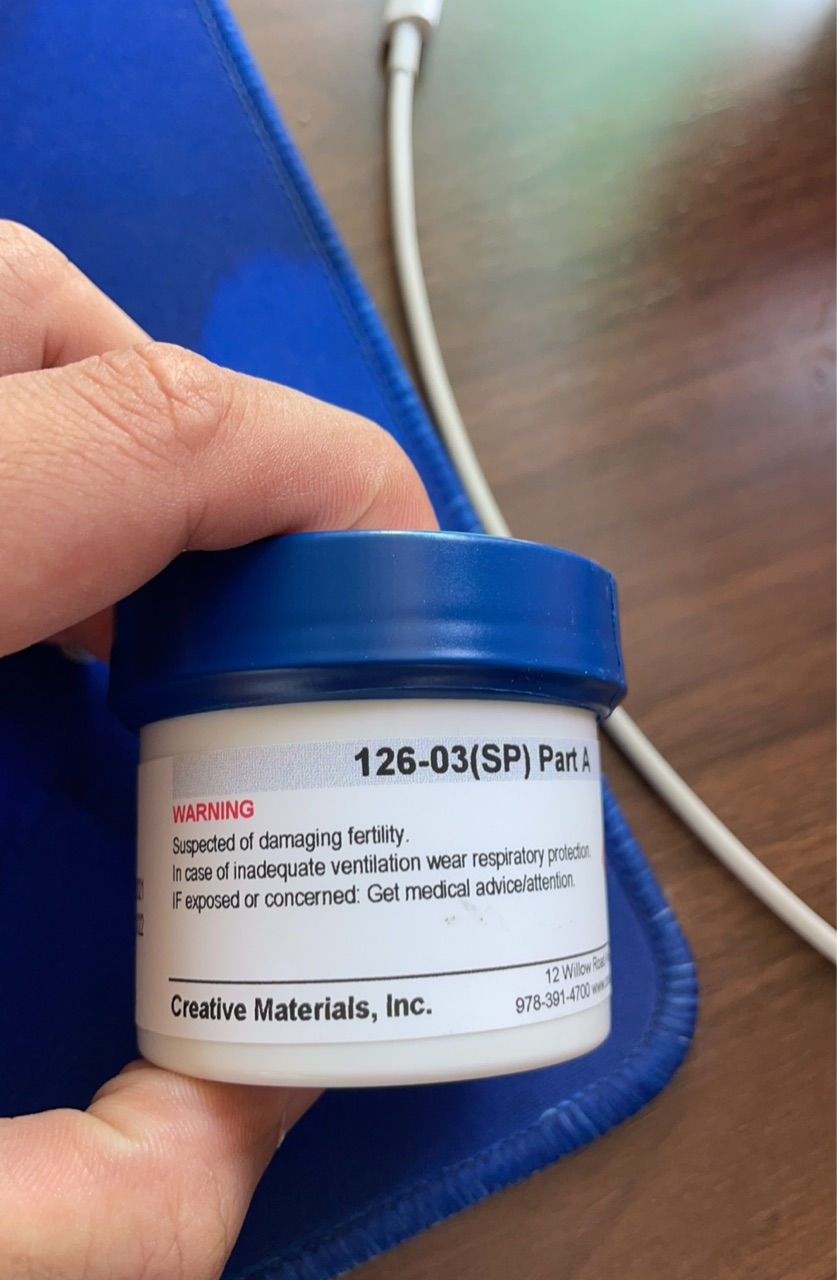A Comparative Analysis of Circuit Materials in Membrane Switches
- chi4158
- Jun 8, 2023
- 2 min read
Updated: May 15, 2025
Membrane switches are an essential component of many electronic devices, providing a user-friendly interface for input commands. The circuitry within these switches plays a crucial role in ensuring their functionality and durability. Various materials are utilized in the construction of membrane switch circuits, each offering unique properties and advantages.
Copper:

Copper is a widely utilized material due to its excellent electrical conductivity. It offers low resistance and is highly efficient in transferring electric current. Copper-based circuits are capable of handling high current loads, making them suitable for demanding applications. However, copper circuits may be susceptible to corrosion over time, which can impact their longevity and reliability.
Silver:

Silver is another popular choice for membrane switch circuits due to its excellent electrical conductivity and resistance to oxidation. Silver circuits provide reliable electrical performance and offer good stability over time. However, silver is a relatively expensive material compared to copper, which can increase the overall cost of production.
Carbon:

Carbon-based circuits are commonly used in membrane switches due to their cost-effectiveness and flexibility. Carbon ink is screen-printed onto a polyester or polycarbonate layer, creating a conductive path. Carbon circuits offer reasonable electrical conductivity and can be manufactured with intricate designs. However, they may have slightly higher resistance compared to copper or silver, resulting in a slightly higher voltage drop.
Indium Tin Oxide (ITO):

ITO is a transparent and conductive material often used in touch-sensitive membrane switches. It offers excellent transparency, allowing the underlying graphics or icons to be visible. ITO circuits provide adequate conductivity for low-power applications, such as capacitive touchscreens. However, ITO circuits are more fragile compared to other materials and may require additional protective coatings to prevent damage.
Conclusion:
The choice of circuit material in membrane switches depends on various factors, including electrical requirements, cost considerations, and application-specific needs. Copper offers excellent electrical conductivity but may be prone to corrosion. Silver provides stable electrical performance but is relatively expensive. Carbon circuits offer flexibility and cost-effectiveness, although they may have slightly higher resistance. ITO is suitable for touch-sensitive applications, but it requires careful handling due to its fragility. Understanding the properties and trade-offs of different circuit materials is crucial in designing and manufacturing membrane switches that meet the desired performance criteria.



Comments